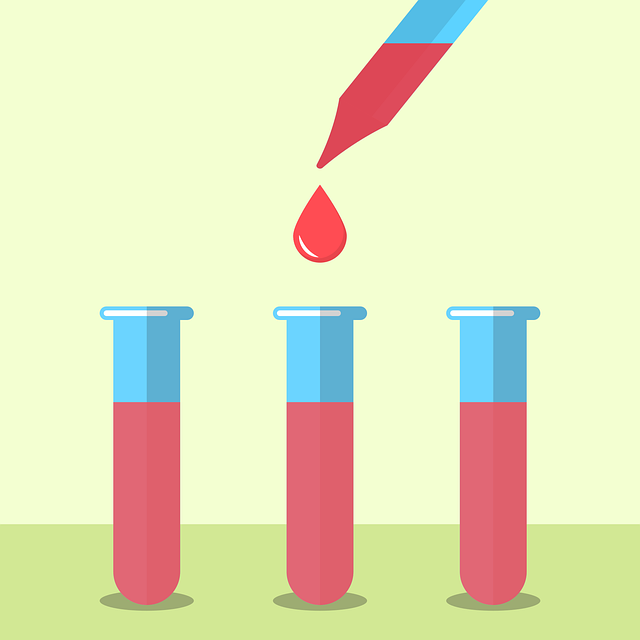1. 4 relationships between diagnostic tests and gold standards
The most basic method of diagnostic test research is to conduct a simultaneous blinded comparison with the gold standard for the diagnosis of a disease. There are four relationships between the diagnostic test to be evaluated and the gold standard.
-
A. True positive TP: refers to the number of cases in which the gold standard diagnoses a disease and the diagnostic test to be evaluated tests positive.
-
B. False-positive FP: refers to the number of cases in which the gold standard diagnoses no disease and the diagnostic test to be evaluated is positive.
-
C. True-negative TN: The number of cases with no disease diagnosed by gold standard and negative diagnostic test to be evaluated.
-
D. False negative FN: refers to the number of cases diagnosed with disease by the gold standard and tested negative by the diagnostic test to be evaluated.
2. 4 indicators
The following four indicators can be obtained subsequently.
-
A. Sensitivity: also known as true-positive rate, is the percentage of patients with a disease who are detected with the diagnostic test to be evaluated in patients with that disease.
-
B. Specificity: also known as true-negative rate, is the percentage of patients with a disease that are excluded by the diagnostic test to be evaluated in patients who do not have that disease.
-
C. Underdiagnosis rate: also known as false-negative rate, the number of cases with false negatives as a percentage of the number of cases diagnosed as having the disease by gold standard.
-
D. Misdiagnosis rate: also known as the false-positive rate, the number of false-positive cases as a percentage of the number of cases diagnosed as disease-free by the gold standard. The smaller the miss rate, the smaller the misdiagnosis rate, the better the performance of the diagnostic reagent test.
3. Predictive value PV
PV is the diagnostic probability that a diagnostic test can determine or exclude the presence of a disease, i.e., the probability that the diagnostic test predicts whether to have a disease. It includes positive predictive value and negative predictive value.
-
(1) Positive predictive value PPV: is the percentage of patients tested positive by a diagnostic test who actually have the disease.
-
(2) Negative predictive value NPV: is the percentage of patients tested negative by the diagnostic test who are truly disease-free.
4. Likelihood ratio
The likelihood ratio is the ratio of the probability of having certain test results in the diseased group to the probability of having the corresponding results in the disease-free group. It also includes positive likelihood ratio and negative likelihood ratio.
(1) Positive likelihood ratio: the ratio of the true positive rate to the false positive rate.
(2) Negative likelihood ratio: the ratio of the false negative rate to the true negative rate.
5. Diagnostic efficiency
The diagnostic efficiency refers to the ratio of those who can be correctly classified in a diagnostic test to the total number of subjects.

6. Subject working characteristic curve
The ROC curve is a graph in which the true-positive rate (sensitivity) is the vertical coordinate and the false-positive rate (1-specificity) is the horizontal coordinate, connecting the corresponding critical values. It can be compared by calculating the area under the ROC curve AUC of each test, and the one with the largest area has the best diagnostic value.



